Sabine: Peter, you have already finished your AYI Advanced teacher training. By now, you are one of the regular participants of the AYI Expert Convention. Can you tell as how your yoga journey started? And why did you choose Ashtanga Yoga, or to be more precise, the AYInnovation method?
Peter: In fact, my yoga journey began more or less by chance during a trip to Thailand. There, we saw an American woman practicing strange but also interesting things with a group of people. At one point, she waved us over and said to us: “Come on, join in!“ I enjoyed this experience so much that, from this moment on, I practiced with her each morning at sunrise and each evening at sunset for the rest of my holiday. This was my first yoga experience. It was only later on that I realized how good her classes actually were…
Back home in Germany, my friend Dzifa asked me whether I wanted to join her for a yoga class at the Sports Department of the University of Erlangen. Guess whom I met there? Ronald! At that time, he was still a student at the university himself. In fact, that also answers your second question. I was impressed by the intensive, physical style but also by that guy up there in front who had a body like a model athlete but was at the same time extremely supple and bendy. After his classes, I always was so full of energy that I felt as if hovering 10 centimeters above the ground.
Later on, Ralph (Otto) took over the class. He also got me in touch with his school “Narada Yoga”. There, I started to take part in workshops and got a first impression of yoga philosophy. When I learned that Ronald was about to start his first five-year teacher training together with Anna Trökes, I immediately wanted to be a part of this first group. So you might say that I’ve followed AYI from the very first beginnings.
Sabine: That sounds very exciting. Also, it seems that you haven’t lost your passion for yoga ever since. Seeing that you are a dentist with your own office, though, I believe that you most certainly don’t suffer from a lack of things to do in your free time. What made you take all those further steps in teacher training up to the Expert Convention?
Peter: Well, like for many others, my yoga journey started on the mat. It was only later on that I dove into the various aspects of yoga. The more I learned about it, the more I wanted to know. My first intention was to deepen my own practice. During the teacher training, however, I discovered how much I enjoyed teaching and I realized how important it is to teach in order to learn yourself.
Sabine: Currently, you’re teaching a class at Erlangen University Sports. Indirectly, that means that you’re following Ronald who also used to teach there. What made you decide to offer a class at University Sports and not a specialized yoga studio?
Peter: That happened quite organically and to me it’s an honor to be continuing the tradition established by Ronald. I’ve been practicing at the university myself for years and at one point, Kinga, the teacher at the time, asked my whether I wanted to join the teacher team. Later on, I took over the class on Wednesday night completely. And yes, it is true that I’m teaching in university “sports“ but as soon as we’ve chanted the beginning mantra, the room turns into a shala. The class is booked out every semester and I can reach a lot of young people whom I try to win over for yoga.
Sabine: At the moment, you’re even offering a Mysore class. Seeing that this type of class is not even on the schedule of many specialized yoga studios, I was at first a bit surprised by that. Was it difficult to establish this kind of class? And what are your usual participants like – does the group change from semester to semester or is there are steady core?
Peter: Very well observed, Sabine! In fact, this is really a challenge. Participants change from semester to semester which means that we always have a quite heterogenous group of both beginners and advanced practitioners. For this reason, I’m teaching together with Andrea. In my eyes, Ashtanga in general and Mysore in particular lends itself ideally to this set-up: the clear structure allows me to have my experienced yogis practice Mysore style on their own while one of us is adjusting, whereas the other guides the beginners through a led class. This mixture creates a unique atmosphere in the room.
Sabine: When you’re not practicing or teaching yoga, one can also find you quite frequently outdoors either climbing or whitewater kayaking. How do these two hobbies fit in with yoga? Are there certain connections between the two?
Peter: Of course there are. For me, yoga is the basis for physical and mental fitness. When climbing, I profit from the tension and strength. And in whitewater, a clear and calm mind is necessary so as to master the roaring waters. Anna (Trökes) once said that for me, the river is my access point to the “divine“, that it lets me experience the flow, becoming one with myself and the elements.
Sabine: What an amazing image! Still, let me once again return to your regular job. As I mentioned before, you are a dentist. In other words, you have a job that most people will not automatically associate with relaxation and inner calm, at least not from the point of view of the patient. Have your experiences with yoga had an effect on your work at your surgery?
Peter: Most certainly! Yoga helps me in all areas of my life. When dealing with patients, empathy is a very important aspect. I also use techniques from my yoga classes when guiding patients through the treatment. For instance, I try to reduce their fear by subtly pacing their breath or simply try to help them relax. The same holds true when working with my employees. There are twelve people working at my office. Sometimes it’s not an easy job to be there for everybody and to have an open ear for all concerns, especially at moments when things get a bit hectic. The aim of my yoga practice is to keep my inner calm particularly at those moments.
Sabine: I’m really getting the impression that you successfully combine a lot of different areas with and via yoga. Do you think that the AYI method has some characteristic features that make it particularly suitable to act as this kind of “bridge”? And to whom would you recommend starting a teacher training?
Peter: This is precisely the great thing about AYI. The system is quite flexible and allows you to do the training at your own pace. At the same time, there is a clear concept behind which offers orientation. For this reason, the method is truly universally applicable and suitable for almost everybody.
Sabine: Peter, thank you so much for those intriguing insights into your practice and your yoga journey! I hope that you have many more amazing moments both on the mat and outdoors!
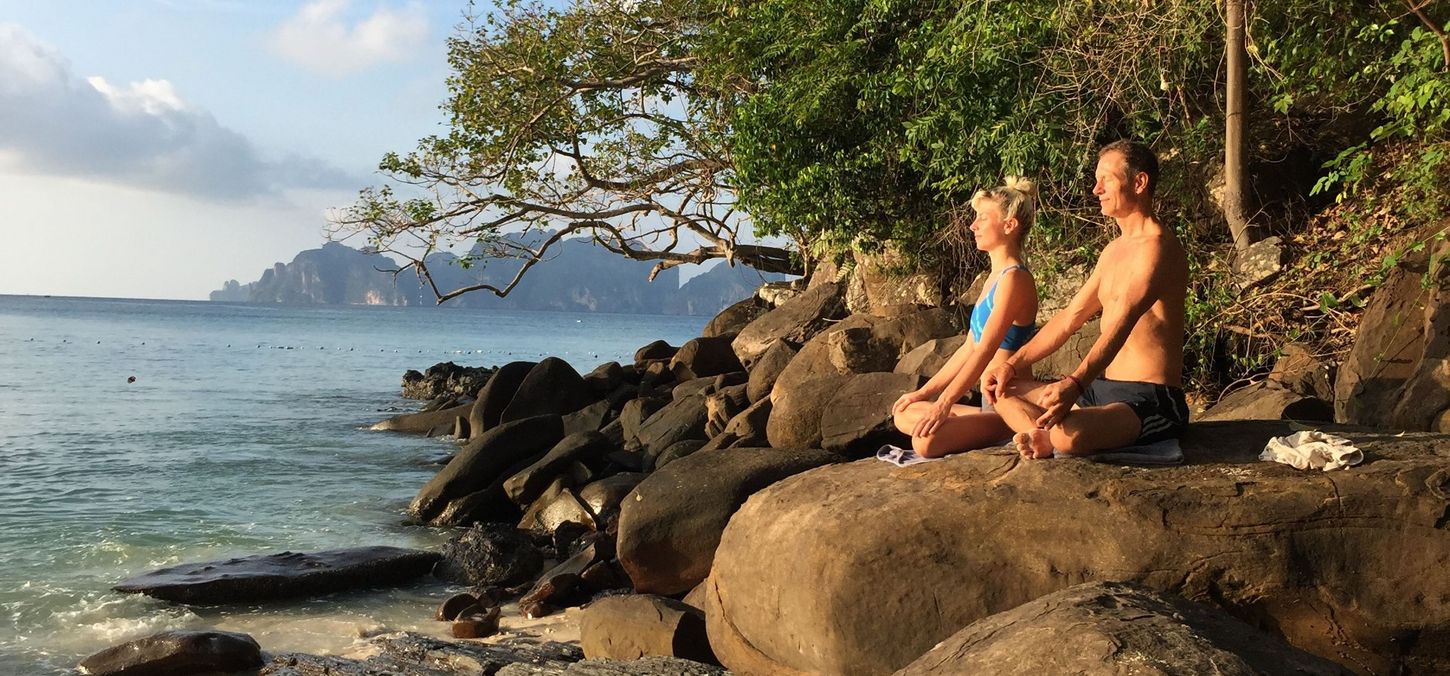

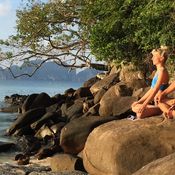
 Dr. Sabine Nunius
Dr. Sabine Nunius
 Dr. Peter Luppa
Dr. Peter Luppa
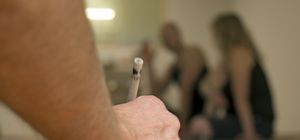
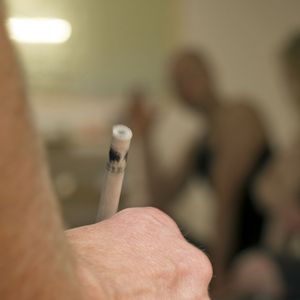
 Dr. Ronald Steiner
Dr. Ronald Steiner
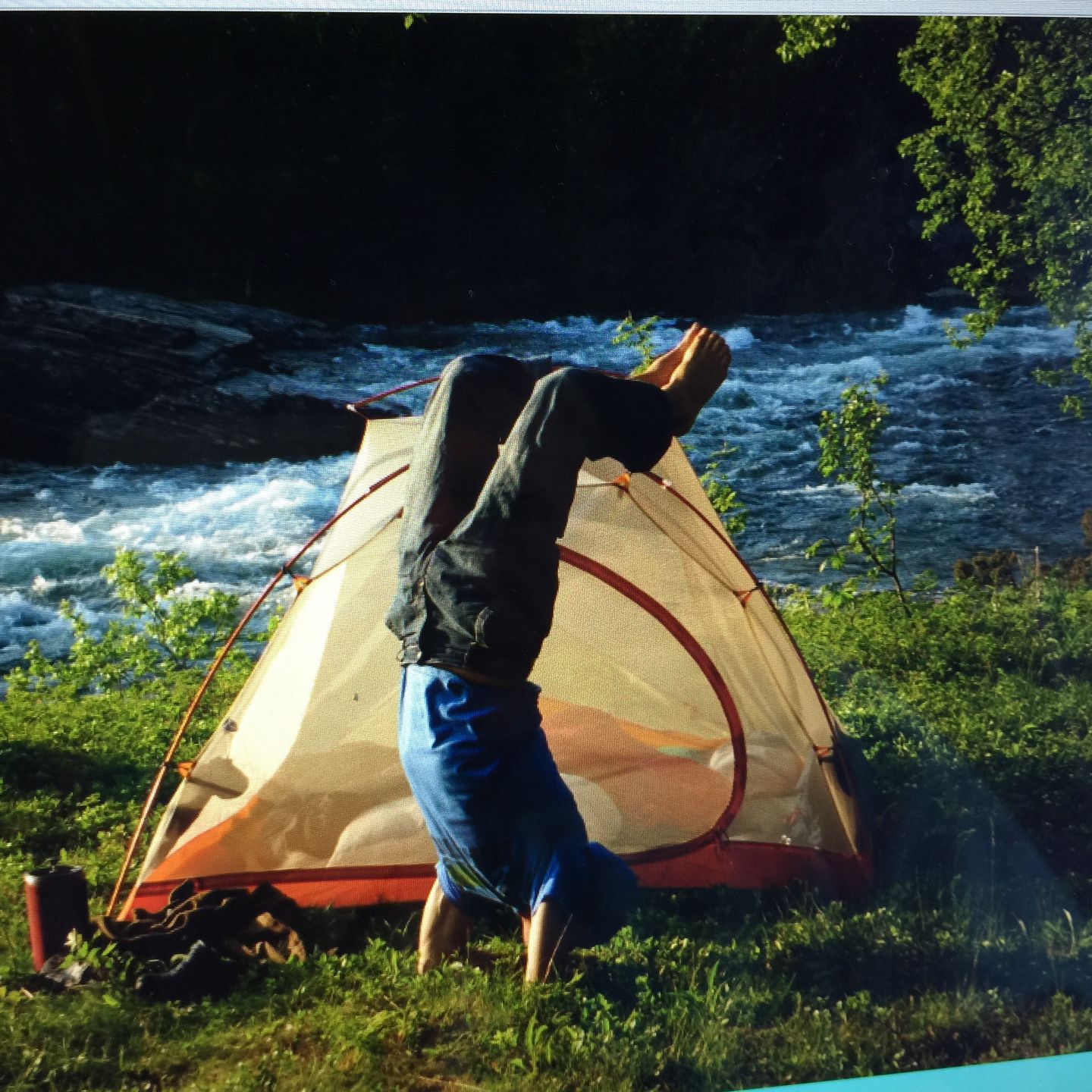
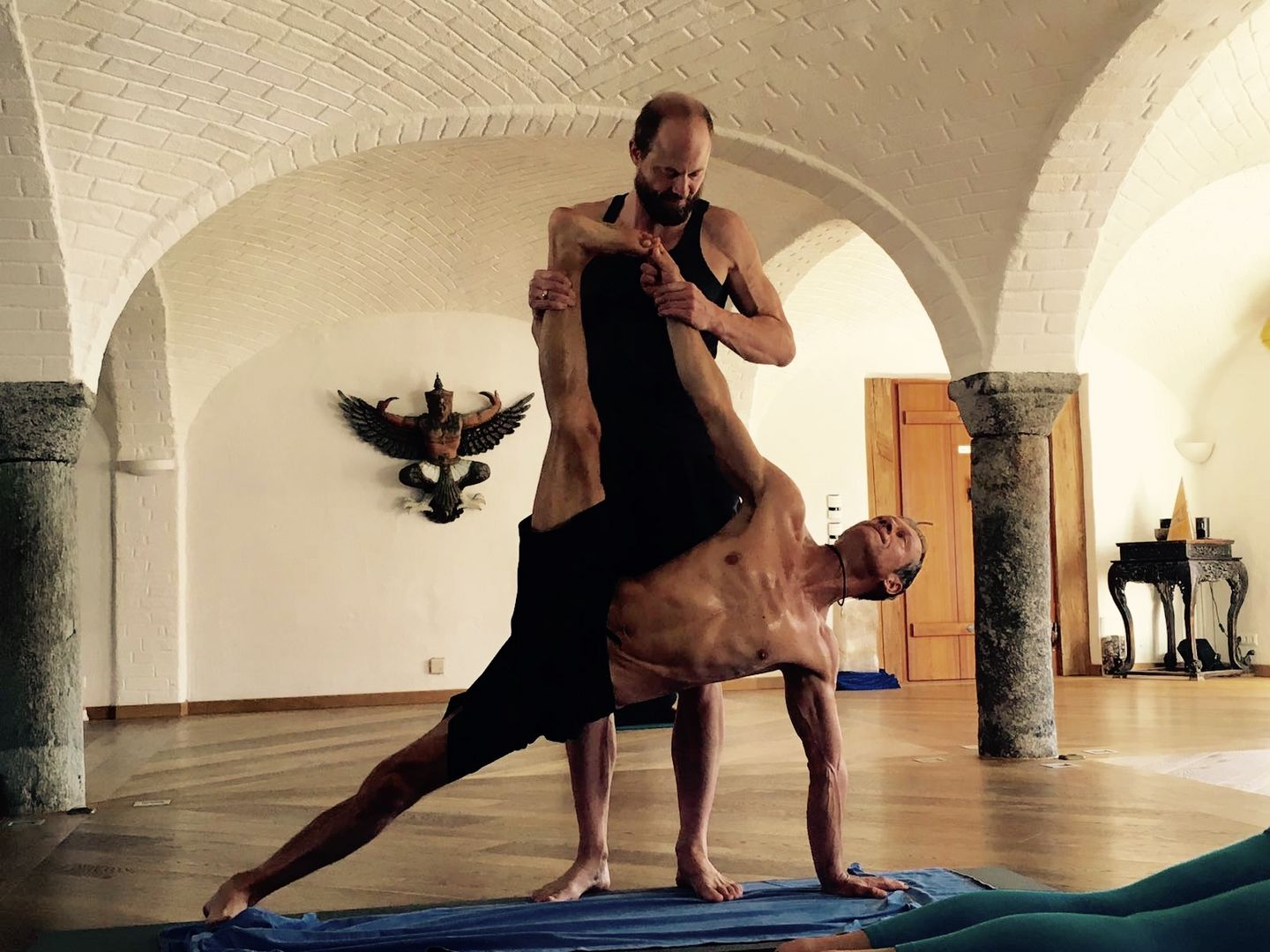
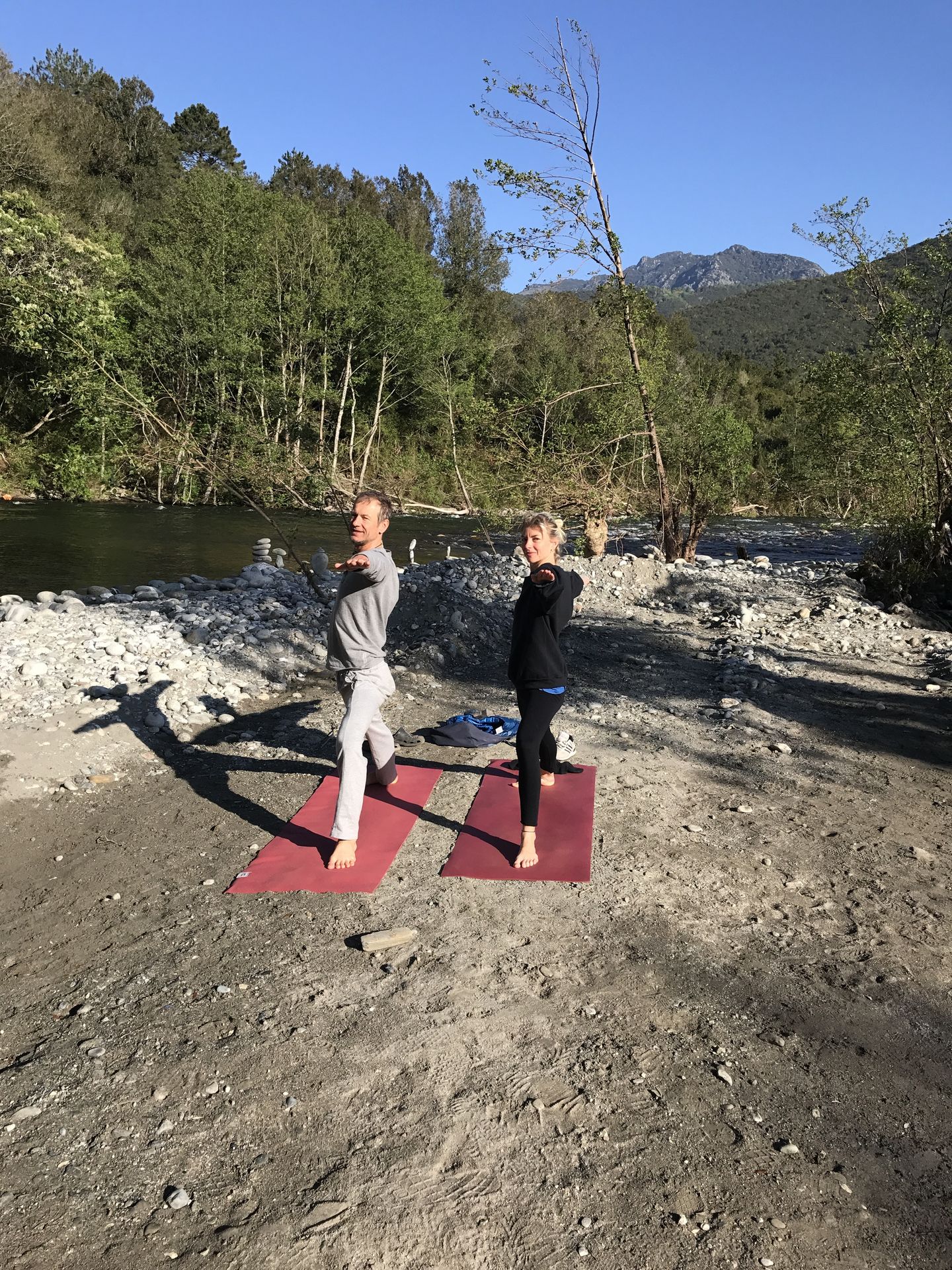
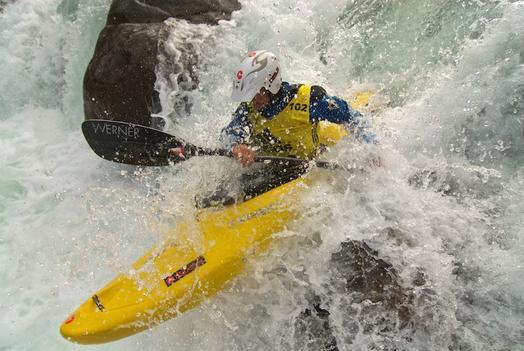
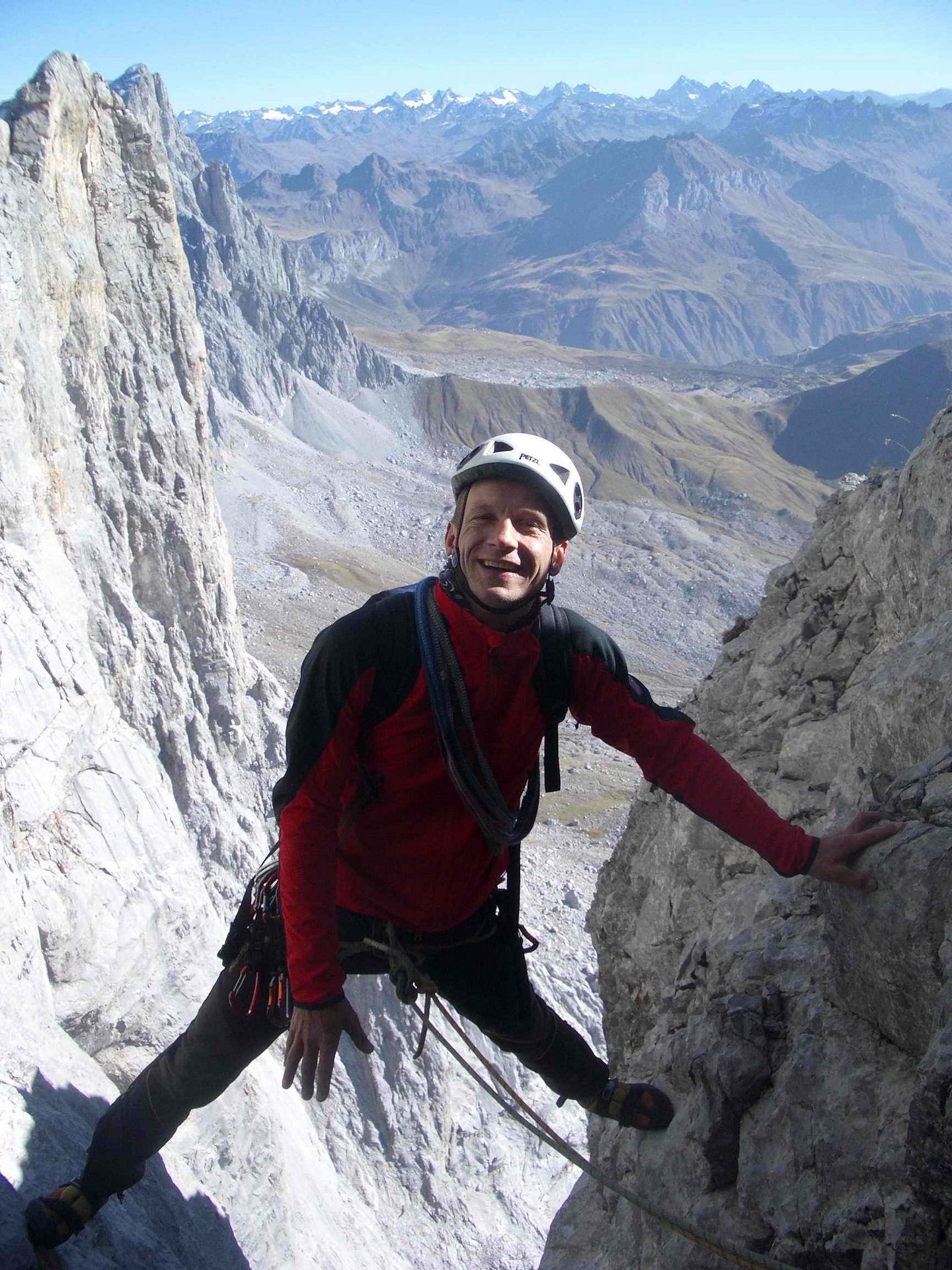
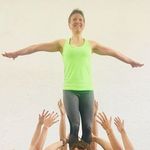
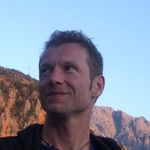
Messages and ratings